If you are a cat owner, you may already know that there are some plants out there that aren’t good for your cat. If you find yourself asking, “What plants are poisonous to cats?” you’ve come to the right place. As a cat owner and plant lover myself, I have taken the time to investigate plant toxicity and poisonous plants you need to look out for.

Many common houseplants are actually dangerous for plants. Unfortunately, many cat owners have no idea. But if you let your cat go outdoors there could also be some things in the garden that can harm your kitty, too. Whether in your home or in the lawn or garden, it’s important to keep your feline friends safe from potential plant dangers.
What Does it Mean If a Plant is Toxic?
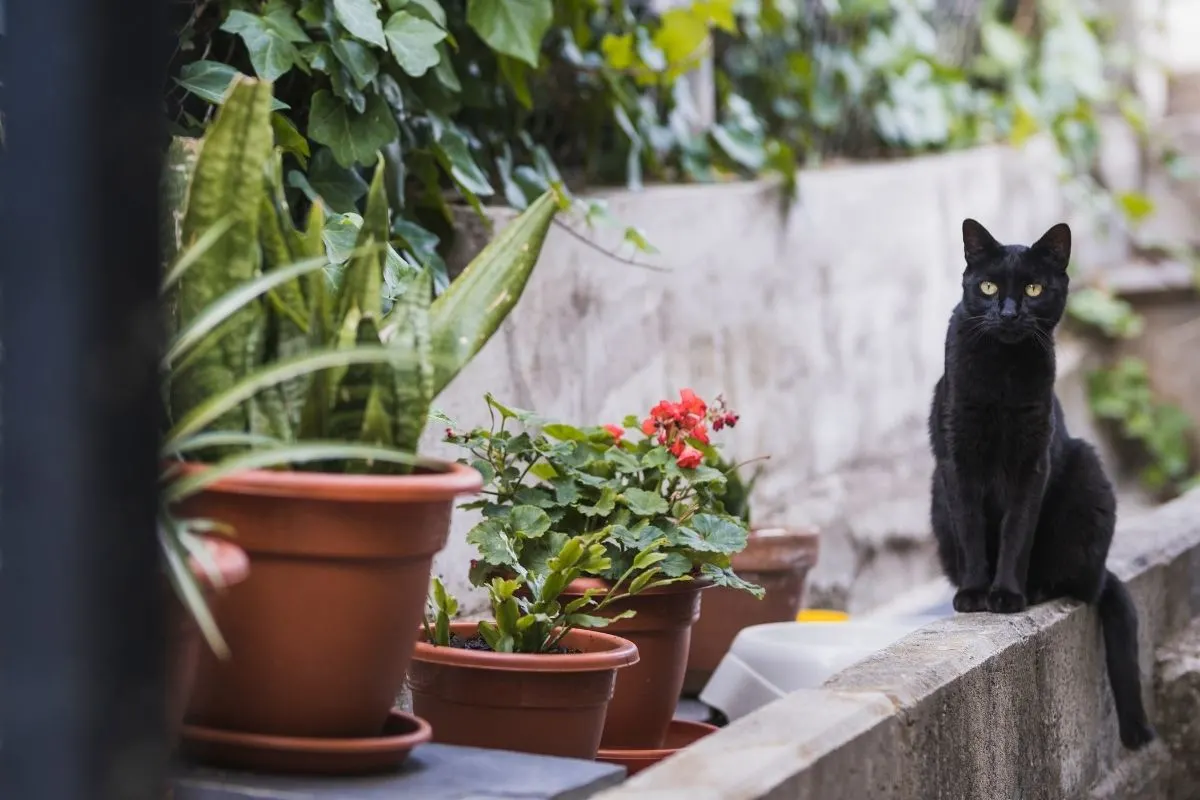
Toxic plants are those that can cause harm to your pet if they are touched or ingested. For some toxic plants, there needs to be a lot of it ingested and others can be so toxic, only a very small amount can make your pet sick.
Plant toxicity can vary from very mild to severe and even fatal. It depends on the plant, the cat, how much is consumed, and other details. Prevention is always the best medicine, so learning what plants are toxic and keeping your cat away from this is the best approach.
Many common plants are dangerous to cats and it’s important to learn about them and also about cat behavior, as it relates to plants. Let’s explore.
Why do some cats eat plants?
Although cats are carnivores who only eat meat, sometimes you can find cats munching on some grass or green plants. Why do they do this? Researchers have a few theories. Sometimes it could be that the cat is searching for vitamins or nutrients missing from their diet, or they could be doing it to aid in digestion. For other cats, it could be pure boredom.
Some cat owners believe their feline friends enjoy the feel of the plants in their mouths. If your cat loves to eat plants, consider getting some cat grass instead to help them enjoy this experience safely. It will also help deter them from your plants.
Why do some cats dig in plants?
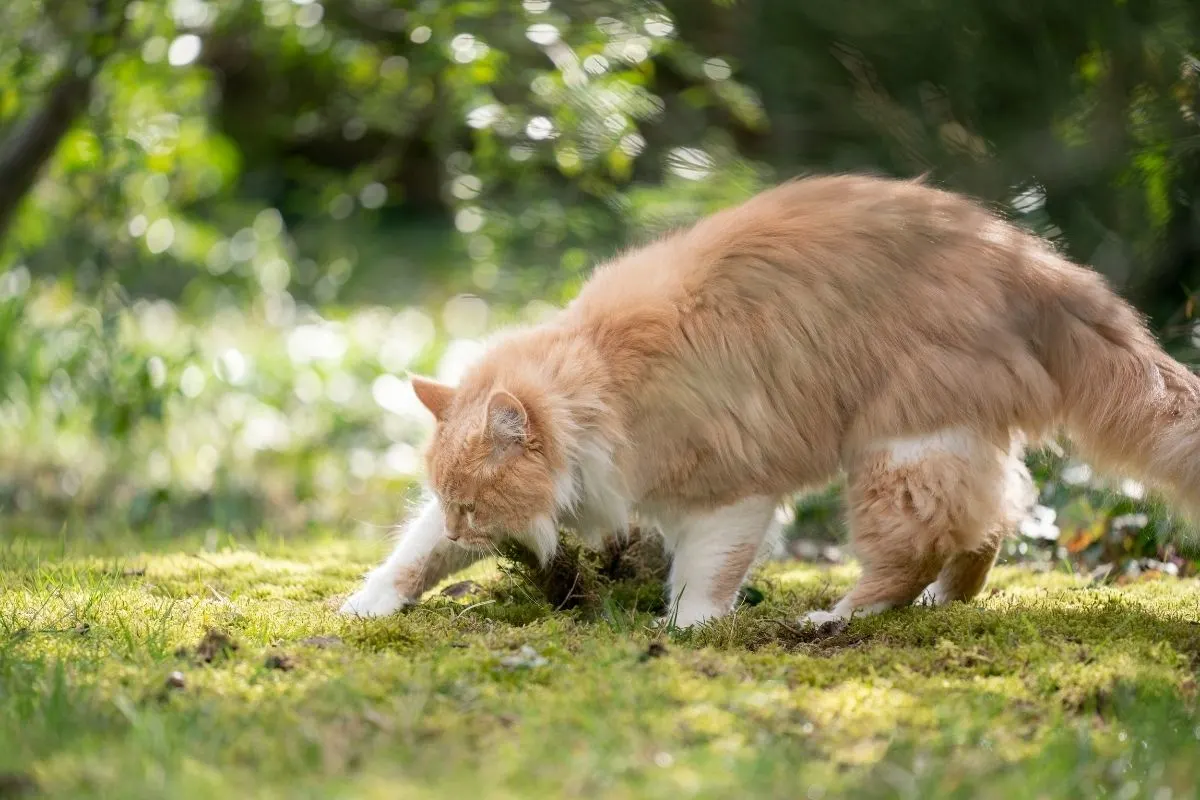
Another cat behavior that you might see is digging in the soil of your plants. Sometimes the soil around a potted plant looks like kitty litter and this can be why cats dig in it. Other cats just like to play in the dirt, and they might enjoy the feel of the soil under their feet.
You can help curb this behavior by giving your cats lots of fun and interactive toys to play with, and also by keeping your plants out of reach of your cats. For example, you might use indoor hanging pots, or you can block your cat’s access to the plants. You could also cover the soil in the pot to make it less likely for your cat to dig in it.
Which part of the plant is toxic?
If a plant is known to be poisonous to cats, then assume all parts of it can be dangerous. Although some plants are toxic only in parts of it, you can’t control what part of the plant your cat will go for. The only way to be truly safe is to limit your cat’s access to the entire plant.
No matter what part of the plant material your cat consumes, you should call your vet for assistance. Cats do not always show their pain or distress and our furry friends can get sick without us even realizing it.
What happens when a cat eats a poisonous plant?
The exact symptoms your cat displays after contact with a poisonous plant can vary according to the plant and how much was consumed, or how much contact your cat had. The toxic load in peace lilies, for example, is very strong. Tiger lilies, Peruvian lily, and other types of lilies are known to cause kidney failure in cats, even from just a small exposure.
Eating a toxic plant can cause abdominal pain, oral irritation, skin irritation, abnormal heart rate, fast heart rate, lack of appetite, excessive drooling, liver failure, kidney failure, and other upset stomach-related symptoms. Sometimes there can be even more severe symptoms and you will need to seek supportive care from a vet for your kitty’s health.
It’s important to keep your cats safe from indoor plants that can cause these types of symptoms. If you’re not sure which ones are dangerous, see our list of plants that can cause poisoning below.
Also, look at these 12 indoor plants for cats.
What To Do If Your Cat Has Eaten Your Plants
If you find out that your cat has eaten some of your plants, the first step is to try to identify the plant. If you’re unsure, then you should always contact your vet immediately to be safe.
The first step is to remain calm and to move your cat away from the plant. Gently remove any pieces of plant parts that might still be in your cat’s mouth. You may want to put your cat in a confined space such as a bedroom, bathroom, or a cat carrier so that you can contact the vet.
If it’s after hours, you can call an emergency veterinarian and you can always call the animal poison control center hotline 24/7 at (888)426-4435. The pet poison helpline will be able to give you emergency advice on what to do if your cat has eaten your plants.
Plants That Are Poisonous to Cats
Plants that are toxic to your cats should be avoided if you want to be 100% sure your cat is safe in your home. Poisonous plants need to be ingested before they cause harm, but there are some plants that are dangerous just from being touched or inhaled.
Here are some plants that are known to be toxic to cats:
Azaleas are extremely popular in outdoor landscapes, but they can be toxic to small animals like your pets. When ingested by your cat, they can cause vomiting, diarrhea, and even cardiac failure.
Christmas trees of all types can be dangerous to your cats. And you’re not completely safe with an artificial tree either.
Daffodils are fun, beautiful bulbs that seem to ring in spring. However, they are toxic for your cats and can cause anything from vomiting to diarrhea and even severe symptoms.
The beautiful hyacinth is toxic to cats. Although poisonings are rare, they can, in extreme cases, be fatal. If you have hyacinths on your property, it will be very important to keep your cat from having access to them.
Jade plants are beautiful, but the popular houseplant is dangerous to your cat. In fact, jade plant poisoning can be fatal to your kitty when left untreated.
There are from 150 to 200 species of plants that fall in the Kalanchoe genus, and they are very toxic to cats. They have toxic cardiac glycosides that are highly poisonous. Even just a few small bites can
cause serious harm.
Lilies are at the top of the list when it comes to dangerous plants or flowers. There are many different types of lilies but all of them are toxic in some way. There are some that are so dangerous, that your cat can get sick from breathing in the same room with them.
The poinsettia is a very popular holiday plant that has a bad reputation for being very dangerous. While that rep might be a bit exaggerated, it is toxic to your cat and still shouldn’t be ingested.
If you are a cat-loving indoor gardener, you might be asking yourself: can cats and p[othos coexist? Are pothos plants poisonous to cats? Find out below!
This plant is popular in the garden but it’s dangerous to our feline friends. If you have rhododendrons outside, it’s essential you keep your cat from being able to access them.
Beautiful tulips are found in many a garden but if you have cats, you need to be sure they don’t have access to it. This genus of flower is very toxic to cats (and also to dogs and horses).
This plant contains terpenoid saponins which make them toxic to cats (and to dogs and horses). They are common in outdoor gardens but if your cat is an indoor-only cat, he should be safe.
While humans can safely enjoy delicious tomato plants, there are substances in the leaves and the stems of the plant that are toxic to your cat. If your cat is an indoor cat, this will be easier to avoid. But if your cat goes outside around your tomato plants, you need to keep him safe.
Snake plant is a popular houseplant that also happens to be toxic to your cats. Snake plant is sometimes called good luck plant or Mother-in-Law’s tongue. It’s not safe at all for your pets.
Natural bamboo is not poisonous to cats but a common bamboo lookalike known as “lucky bamboo” is toxic. Although it takes a lot of this plant to make your cat very ill, it’s still not recommended they eat any of it.
Peonies are a common, popular plant with beautiful flowers. However, they can cause toxic reactions from stomach upset to more severe symptoms in your cat.
While aloe might help you heal that papercut faster, it’s not advisable for your cat. When ingested by small animals like your feline friends, it can be toxic.
What Plants Are Poisonous to Cats? – Conclusion
As you can see, there are many plants that are poisonous to cats. However, there are also many that are safe for cats as well as great ways to protect your cats from these dangers. If you love cats and plants, it is possible for both to co-exist. The more you learn about toxic plants, the better capable you will be to keep your cats safe from them. Once you educate yourself about what plants are poisonous to cats, you’ll know which ones are not good to keep in your home.
When it comes to our furry friends, it’s just not worth the risk to keep something around that may cause them harm. Did you learn anything new about the plants on this list and the types of plants that are toxic to cats?
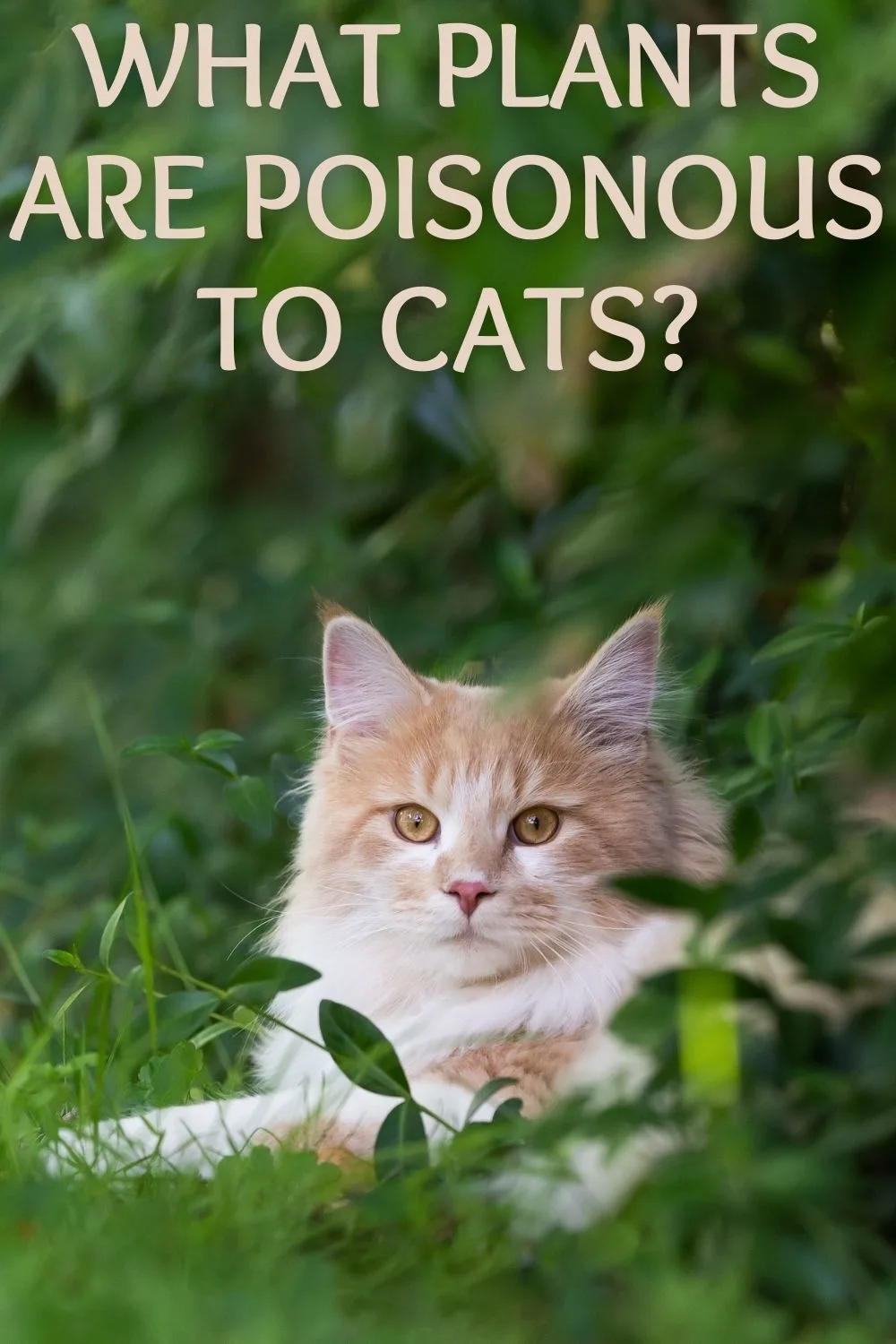

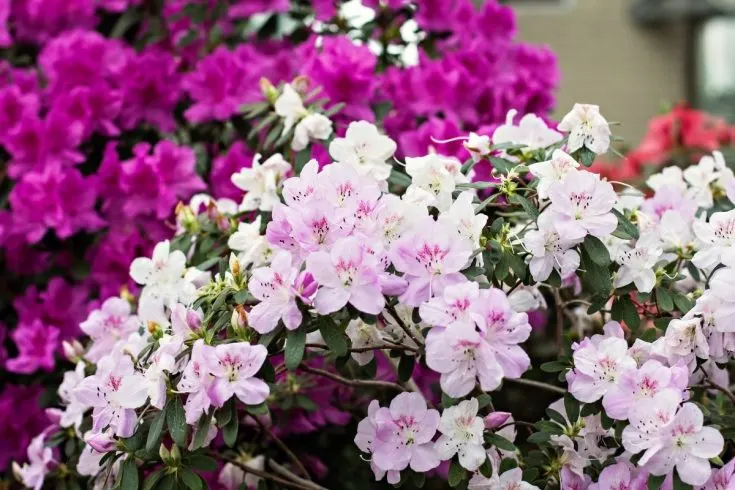
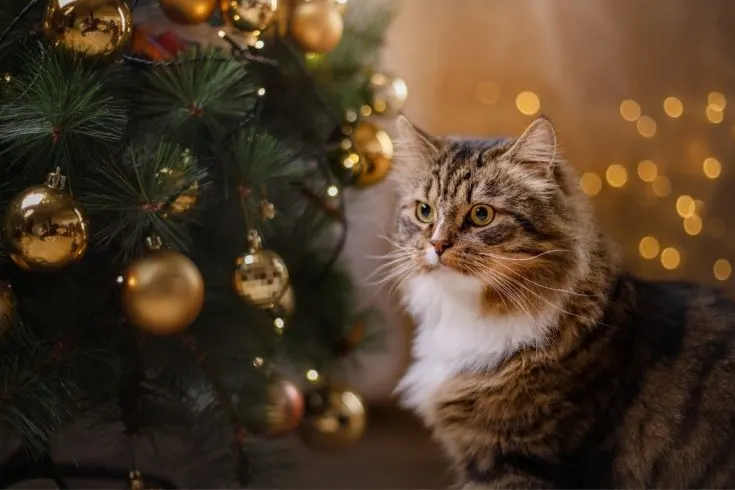
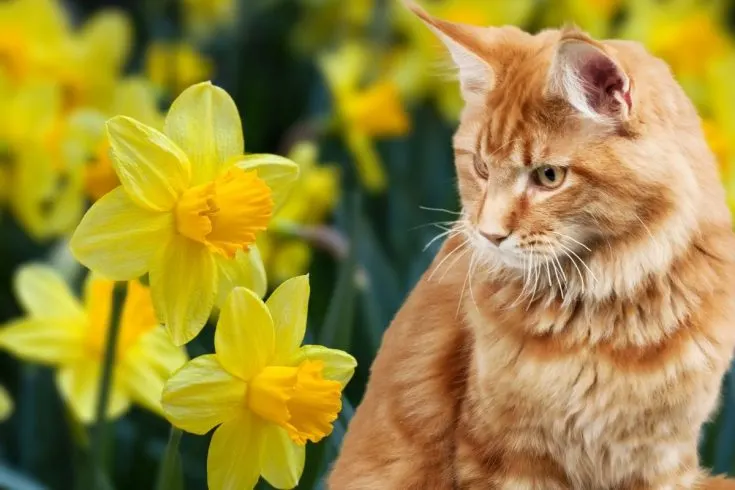
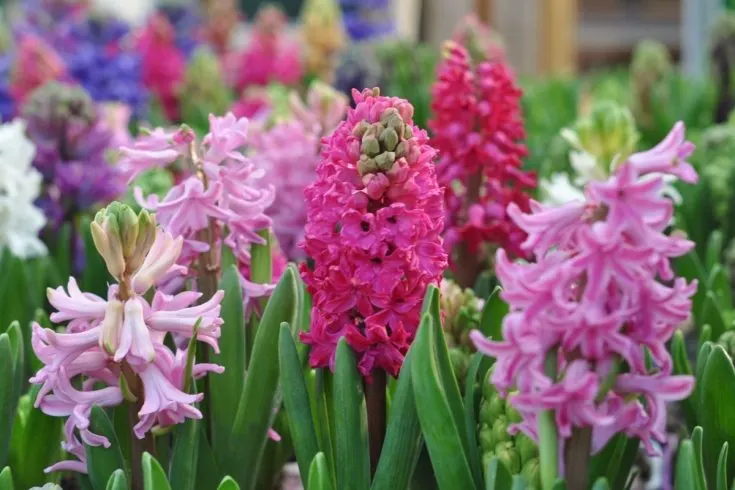
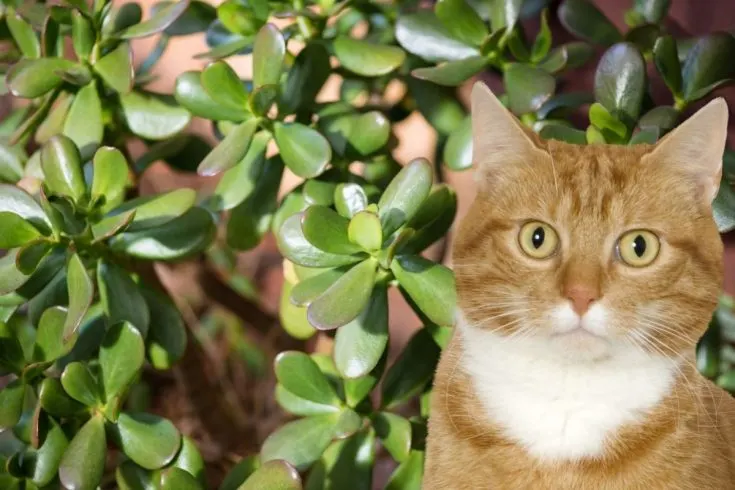
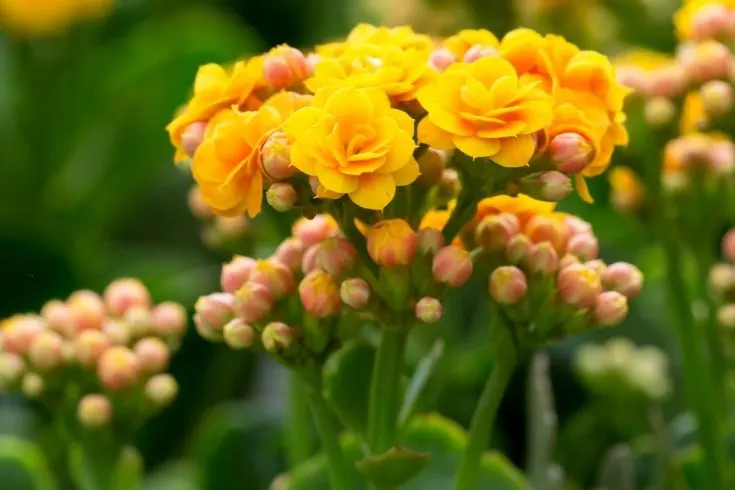
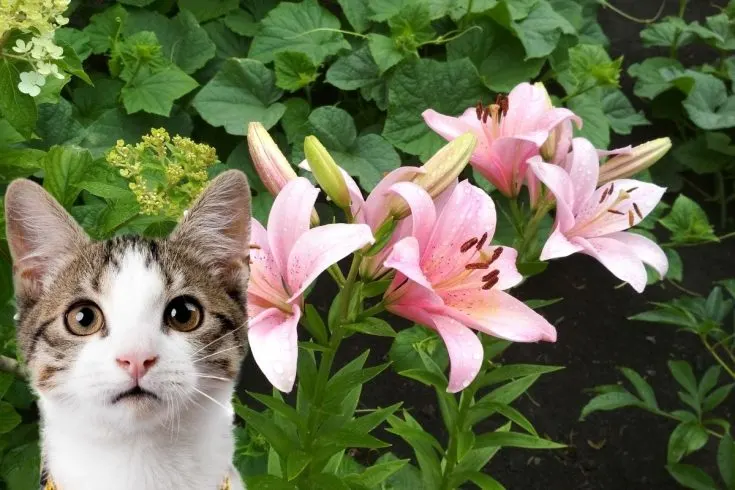
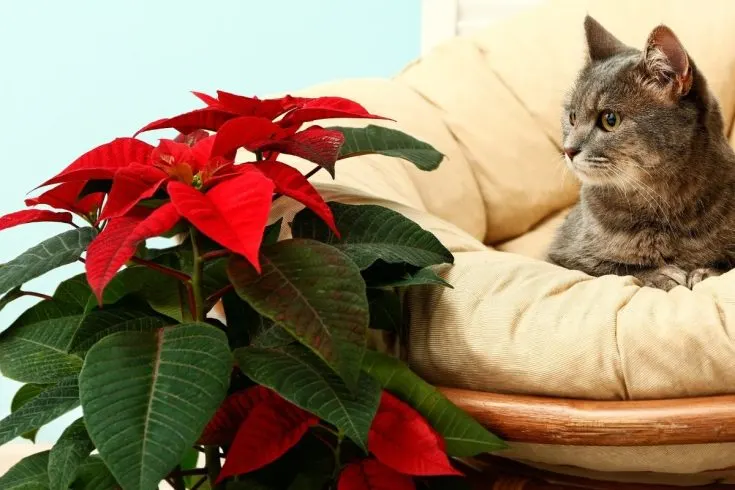
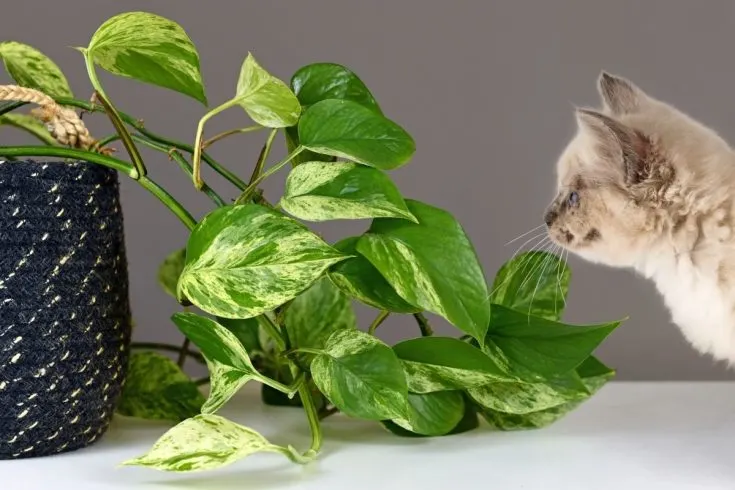
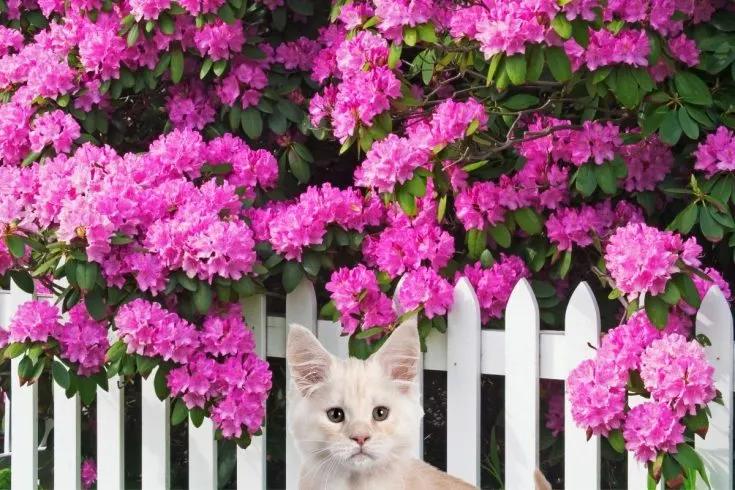
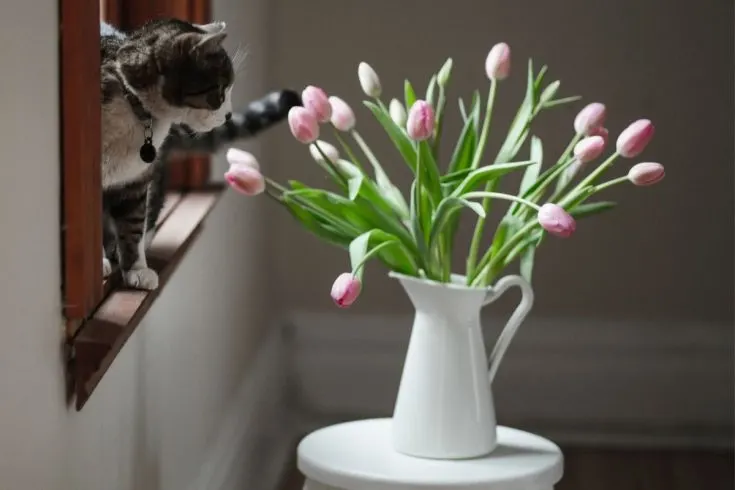
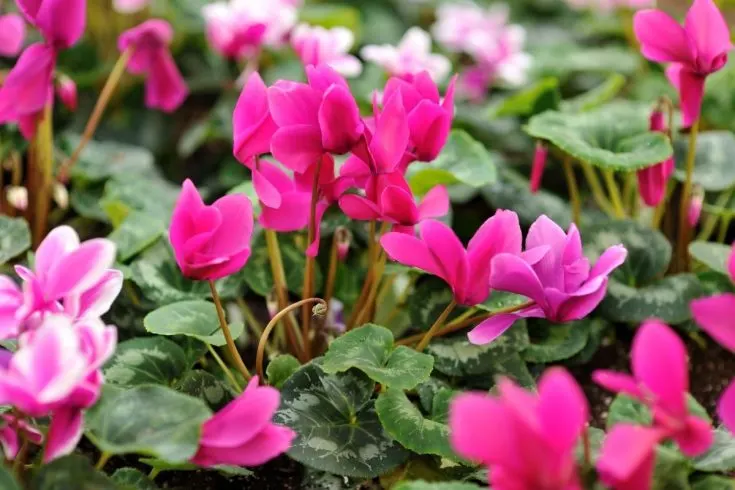
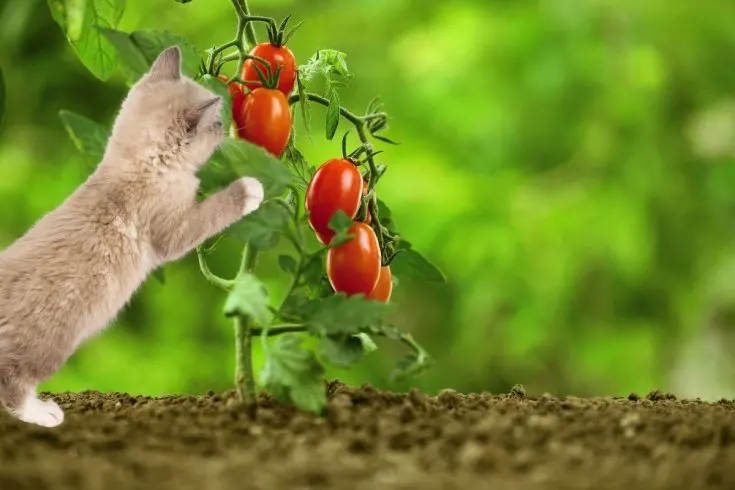
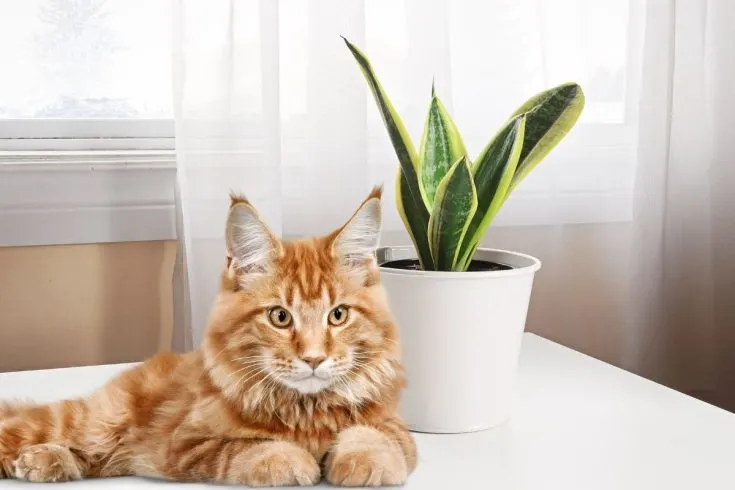
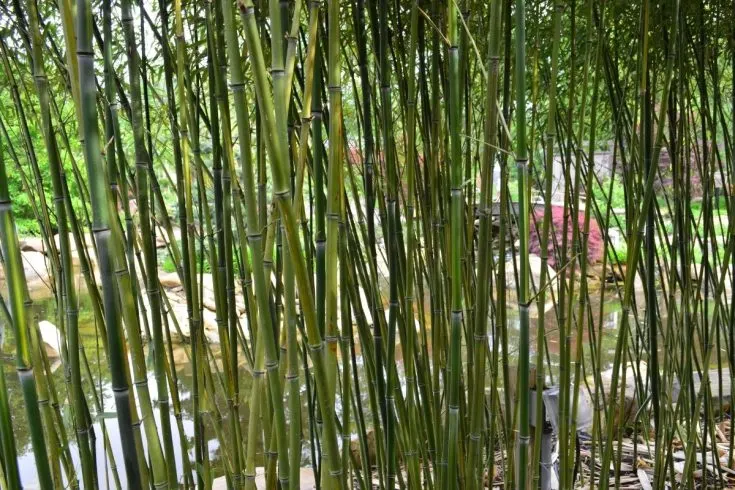
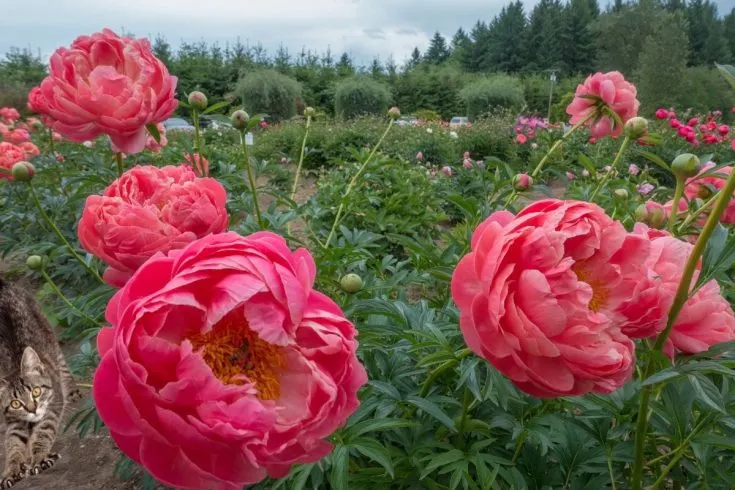
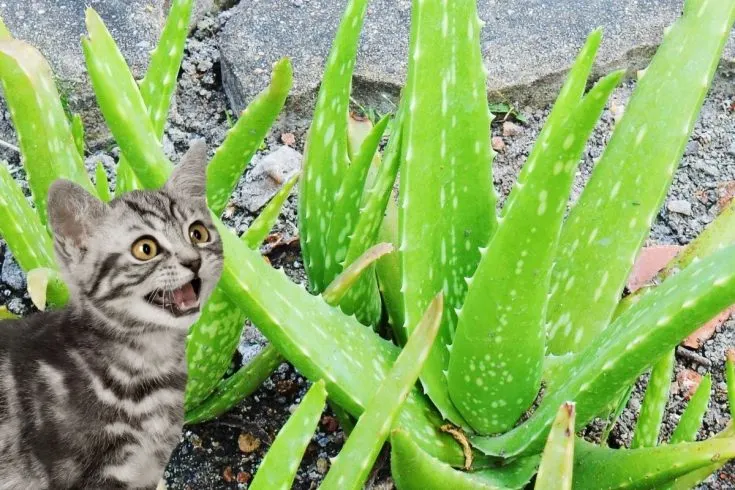
The Complete Guide To Growing Stunning Annabelle Hydrangea Flowers
Thursday 22nd of June 2023
[…] hydrangeas are mildly poisonous to humans, causing stomach upset if ingested. They are also toxic to cats, dogs, and […]
Are Water Lilies Poisonous To Cats?
Monday 17th of October 2022
[…] Check out our list of plants that are poisonous to cats. […]
50 Cat Friendly Plants That Are Safe For Your Feline Friends
Friday 6th of May 2022
[…] If you are a plant lover who also has plants, it’s important to know how to choose cat friendly plants. A lot of people don’t realize there are many common indoor and outdoor that can actually be toxic to your feline friends. […]
Is Kalanchoe Poisonous To Cats?
Wednesday 4th of May 2022
[…] you are a cat owner and a plant lover, it can benefit you to keep a list of plants that are dangerous to kitties someplace that you can see regularly so you can avoid bringing these toxic plants into your home […]
Are Lilies Poisonous To Cats?
Wednesday 4th of May 2022
[…] Learn more about plants that are poisonous to cats. […]